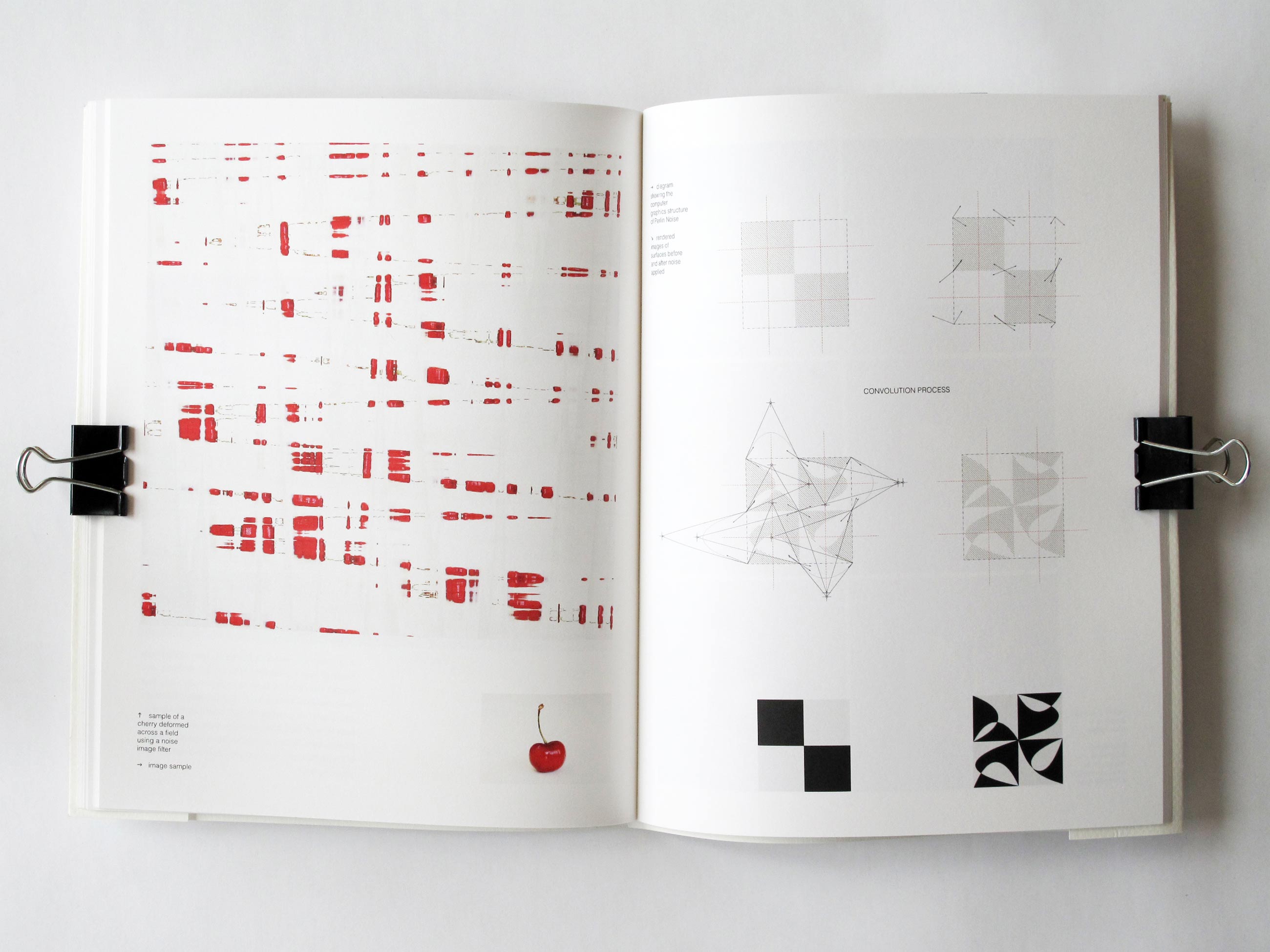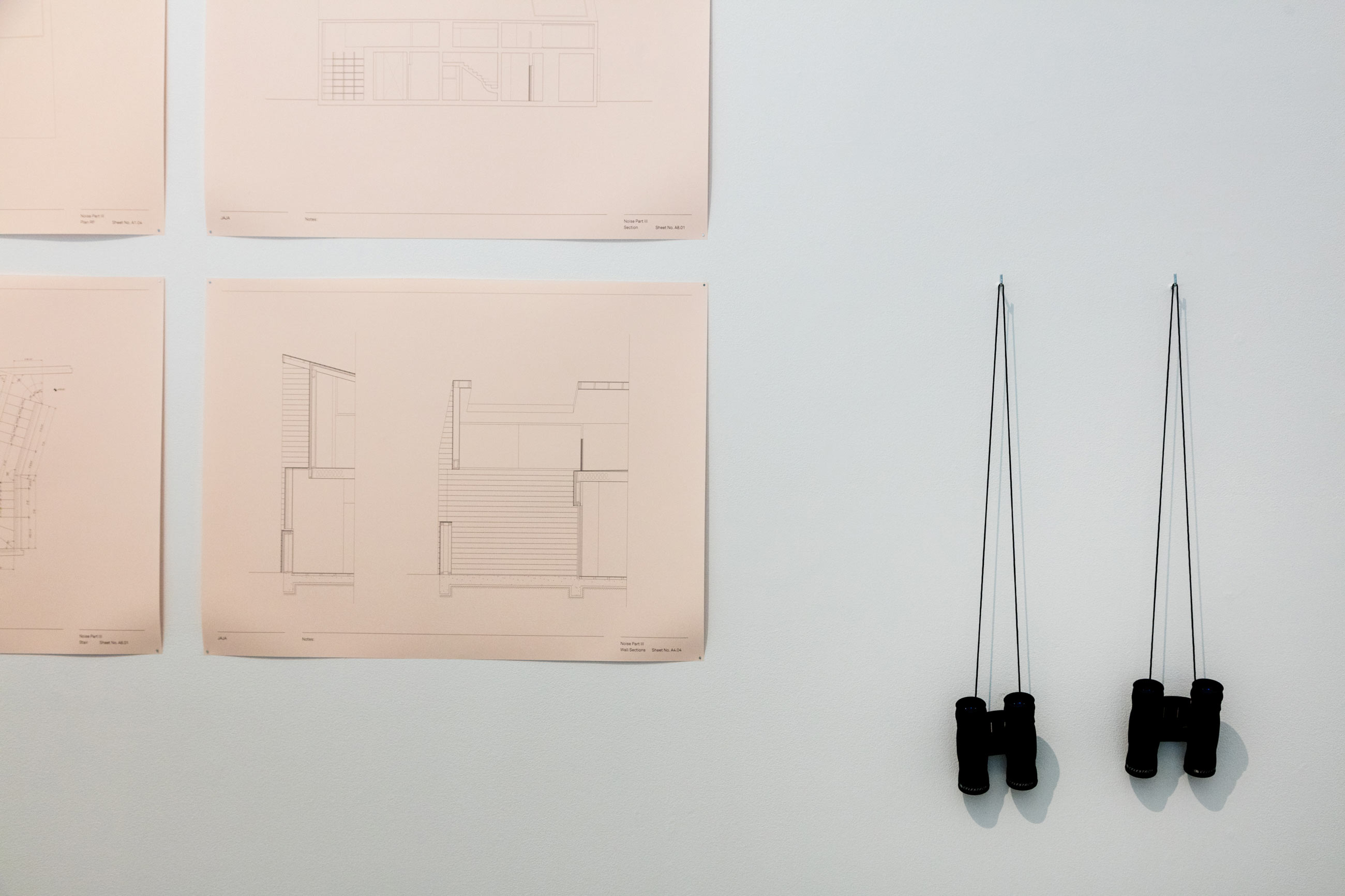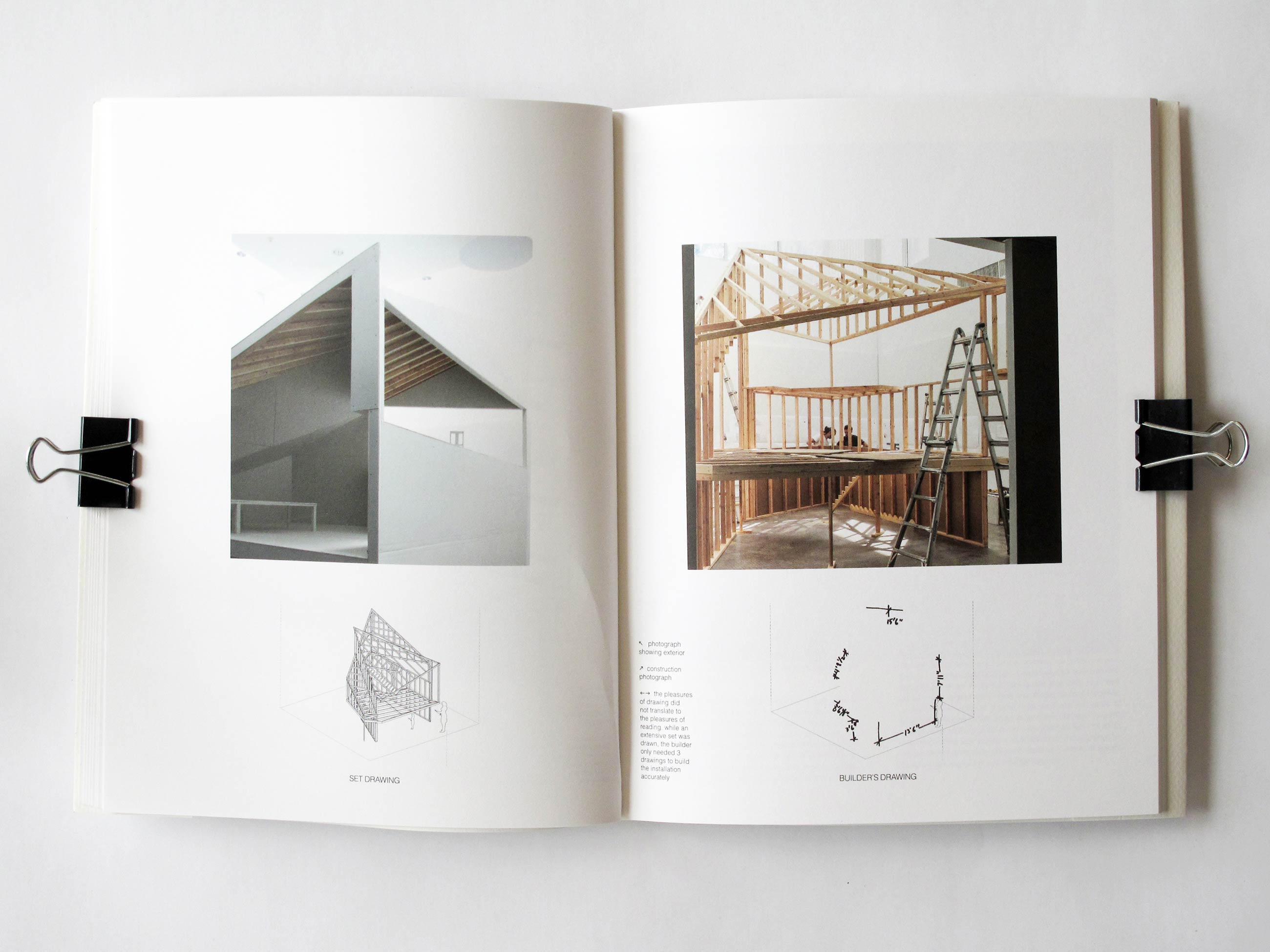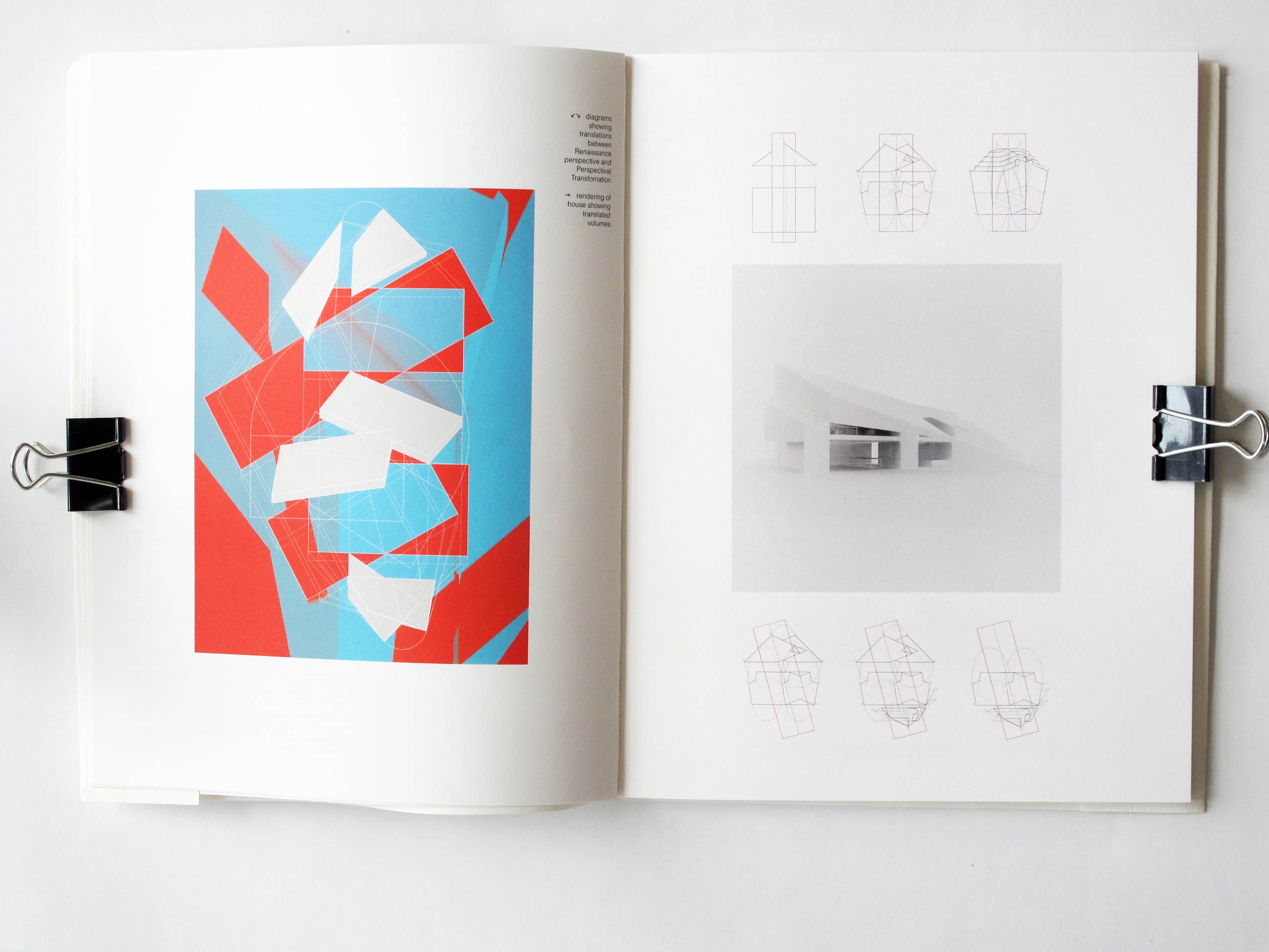On meaning and noise
An interview with Michelle JaJa Chang, winner of the 2017 League Prize.
The League Prize, an annual competition that asks young designers to respond to a given theme, has marked an important milestone in many architects’ careers since it was established in 1981. Winners showcase their work through a lecture series and exhibition.
Houston-based Michelle JaJa Chang was one of the 2017 prize recipients. She discussed her work with the Architectural League’s Catarina Flaksman and Matt Ragazzo.
Flaksman: This year’s theme for the League Prize competition is “Support.” What does it mean to you and your work?
Chang: For me, it relates to representational frameworks and the way different pictorial modes mediate between the conceptual and perceptual in order to create different environments.
For example, let’s say perspective is an entire system. It’s an entire support that mediates a way of thinking that revolves around a single spectator. Which is very different than, let’s say, early Chinese painting, which is antithetical to that because it’ll use parallel projection and empty space to distance the subject; which is different than rendering; which is different than noise, which is what I used for the League Prize show.
Flaksman: In your portfolio, you wrote that you’re thinking about “shifts in architectural conventions and political and philosophical movements to understand how form can engage social, cultural, and physical contexts.” Could you say more?
Chang: Yeah, I was in seminar mode [laughs].
That’s something I’m really interested in. My background is in international relations, so it comes from this interest in how representational frameworks came about—what was going on politically or philosophically at a certain point in time, and the alignments between how people picture things and the value judgments they make.
For example, during the Enlightenment, knowledge was associated with light, especially in 19th century French thought. That coincides with the Beaux Arts rendus becoming popular in architectural representation. People were thinking about how to represent buildings in order to create certain kinds of lighting effects. Depth becomes really important; casting light on elevations and whatnot.
That kind of alignment between social, political, or philosophical movements and how people think about architecture I find really interesting.
Flaksman: Can you talk about your League Prize installation?
Chang: I wanted to make a new project instead of showing previous work.
I often take something conventional as a foil to work against. Going back again to Renaissance perspective, in that system the entire world is very orderly and rationalized. And then thinking about digital graphics—they’re very precise and clean, sometimes to the point where they look unreal. So when you’re working in Photoshop or other programs, adding noise is a common way to make images look more real by making them dirty. Generally, noise is both a desirable and undesirable effect in the communication of signals like images and sound. With architectural images, it’s often used as a way to bring the orderly and rationalized digital world closer to how things look in real life.
I’m really interested in how that system works. Even though they give the effect of something messy, noise filters are actually pretty rational; there is a set of geometric principles. But the premise of that framework aligns the aesthetics of the real with disorder.
Some of the diagrams I show take the filter and try to break it down to its graphic principles. That’s one side of the project – the technical, methodological aspect, showing how it works.
I often take something conventional as a foil to work against.
The other side of the project explores an architecture that I’m pretty interested in, which is found predominantly in Japan and Switzerland. The composition of these buildings is always a little bit off, whether through slight rotations, asymmetries, or whatnot. The compositional effect is to create these holes out of a series of rooms. So I took a fairly stable building type – a house – and used noise to try to understand the compositional effects of those kinds of architectures.
But how do you describe an entire project to an audience that has no idea what I’m talking about? I decided I wanted visitors to engage with a complete drawing set. In the show, the drawings progress from pretty abstract to technical, down to wall sections and whatnot.
Displaying drawings in a gallery is really problematic; especially technical drawings. So the binoculars are there, hung on the wall, and there are four markers on the floor to let people see a higher level of detail in every drawing.
Flaksman: You incorporate algorithms, sound, and optics into many of your works. How do you see their relationship to architecture and how do they influence the final form?
Chang: On one hand, I think an algorithm is just a contemporary version of something like perspective. It’s just a series of steps in the same way drawing is, but it’s in a different medium—it’s in the computer. So to me, that’s just a different way of understanding representational modes.
With sound, it’s maybe just an aesthetic preference. I play music and it just helps me. It gives me distance away from architecture, to reframe things. I think there are a lot of overlaps between how music works and how design works.
Ragazzo: Your work is very conceptually based. But in your portfolio, you reference these really detailed drawing sets that you provided to the builder for the A,B 1:2 House. And in a different project, you included the construction rules. When you’re thinking of conceptual projects, do you translate them into something that becomes more real? What’s the difference between the two for you, and is there anything that you’ve learned from that process?
Chang: I think the conception-to-design part is just a different way of imagining the environment as a whole through representation. When it comes to the other side—the actual making, the construction—I’m interested in working closely with builders.
That’s why I found the builder’s notes pretty interesting: the way he reads drawings, which feeds back into the way in which I make drawings. Both of those projects happened at such a small scale that that happened. I had a relationship with the builder, back and forth. It’s still a kind of translation, but there is something I enjoy about the improvisational side in that relationship—which is inherent to architecture, of course. But to make that explicit through the representation is what those two projects were about.
Flaksman: Who or what are your main influences?
Chang: This is tricky. There are some projects I think about a lot, though my work doesn’t look like them at all. I think about the Woodland Cemetery, by Gunnar Asplund and Sigurd Lewerentz, and I think about Lewerentz’s flower kiosk quite a bit. Those are big influences. More academic, because I’m a teacher as much as a designer, I think about Erwin Panofsky. And in terms of non-architectural influences, I think about [composer] Steve Reich, as a process-oriented kind of thing.
Flaksman: How do you see your practice developing in the next years?
Chang: Hopefully more building. That’s it, pretty much. Building, building, building. That’s what I’m working toward.
It’s a pretty incremental evolution. I work in the computer, then I work on installations, and the installations start to get bigger and bigger, hopefully. The next step is building, building.
Ragazzo: And will that be informed by the work that you’ve done up until now? Do you see a consistent thread in the work, especially as it’s scaled up?
Chang: I think a lot depends on what I can get away with in terms of working with the client. In Houston there’s a little bit more freedom.
I think, actually, every project looks pretty different. But they generally stem from an idea that there is an alternative to something that seems pure or stable. I think that will always persist.






